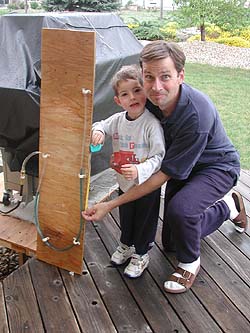Manometers with direct Coupling to Gas
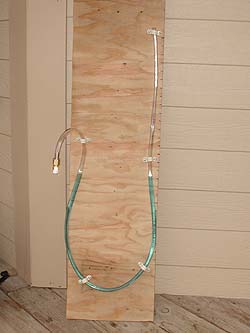
Plugged into Side Orifice (MUCH better/easier)
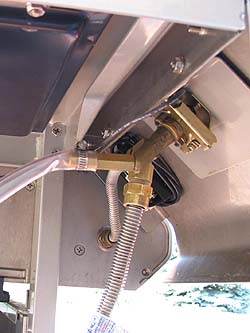
Use paper/tape to measure pressure accurately
Picture shot from above - note parallex affects
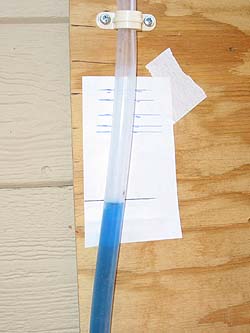
Gas OFF - "zero" reading
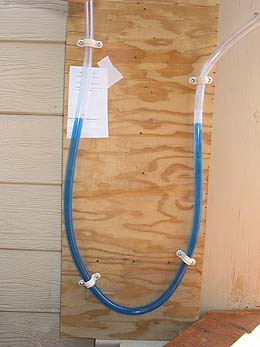
Gas ON - 6.5" WC
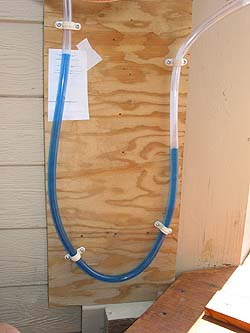
2 Mains ON - 5.2" WC
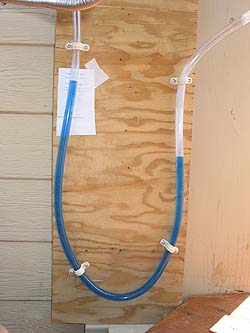
Dirk reviews Propane Pressure
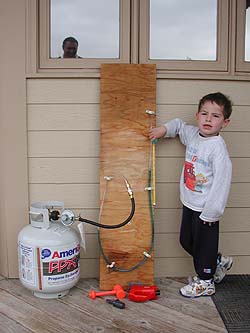
Measuring NG Pressure
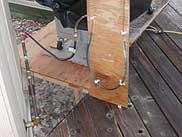
Dirk is lotsa help!
